
bmsm
-
Posts
1,273 -
Joined
-
Last visited
Content Type
Profiles
Forums
Blogs
Gallery
Events
Store
Posts posted by bmsm
-
-
Stocks for up to 7 people. The newly built section of wall is behind the stocks.
Bob
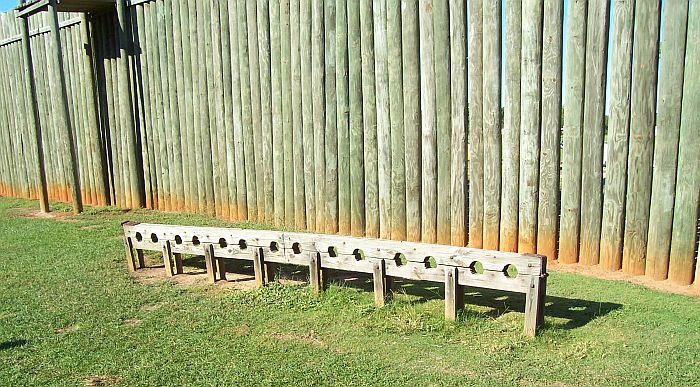 0
0 -
Another information station.
Bob
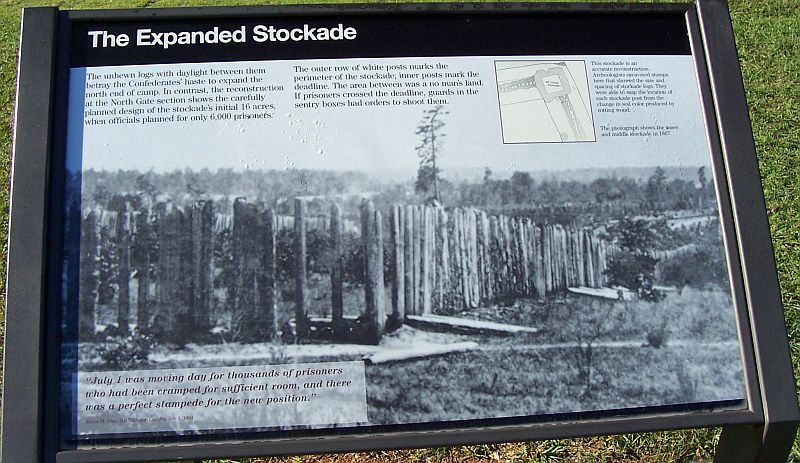 0
0 -
Standing in front of the museum looking out to where the stockade and prison grounds used to be. The white posts can be seen where the stockade walls and the "deadline" were. A section of the stockade has been rebuilt so visitors can see the height of the walls.
Bob
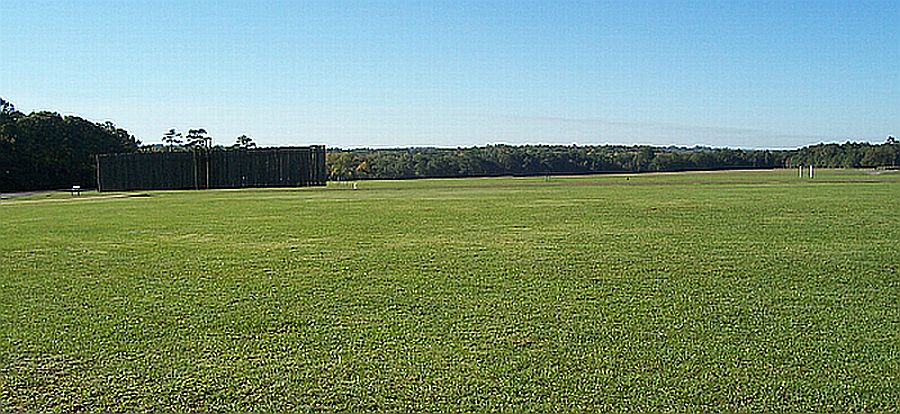 0
0 -
An information station on Andersonville.
Bob
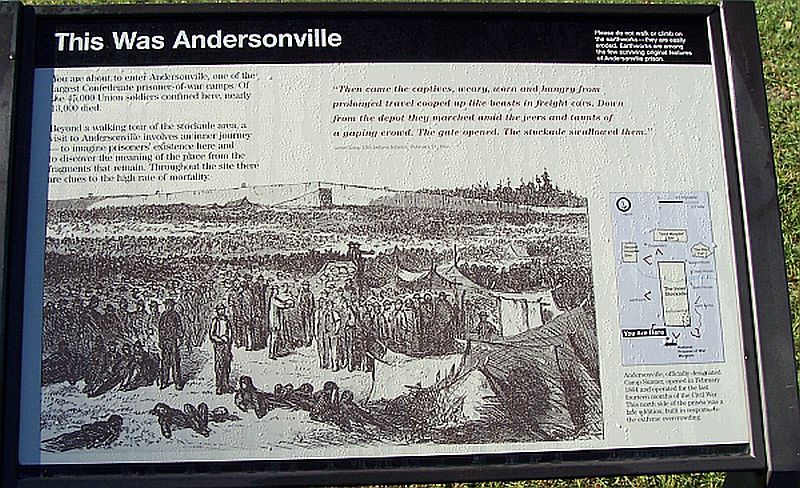 0
0 -
More plaques.
Bob
 0
0 -
Plaques placed on the wall by different organizations.
Bob
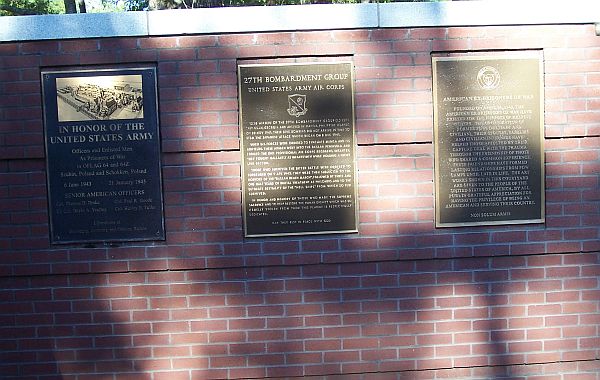 0
0 -
The same staute taken from a different angle.
Bob
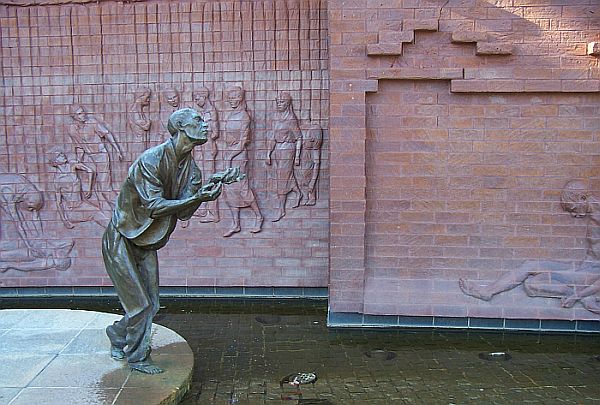 0
0 -
http://gmic.co.uk/uploads/monthly_11_2011/post-4096-0-49695400-1322336863.jpgA statue of a prisoner taking a drink from the stream that ran through the camp. The water actually runs through his hand and falls back into the stream.
Bob
0 -
The Andersonville National Historic Site is made up of:
National Prisoner of War Museum
Andersonville National Cemetery
Prisoner Site
The American Civil War was from April 12, 1861 to April 9, 1865 (General Lee's surrender).
I will start off with the Prisoner Site.
Andersonville was officially known as Camp Sumter and was one of the largest of many Confederate Military Prisons established during the Civil War. It was built in early 1864 by the Confederates to house Federal Prisoners.
During the 14 months the prison existed more than 45,000 soldiers were confined here. Some 13,000 died from disease, poor sanitation, malnutrition, overcrowding or exposure.
The prision pen initially covered about 16-1/2 acres and had a 15 foot high stockade. It was enlarged to 26-1/2 acres in June,1864.
About 19 feet inside the wall was the "deadline" which the prisoners were forbidden to cross upon the threat of death.
A stream through the prison yard - Stockade Branch - supplied water to most of the prison.
Two enterances, the North and South Gate, were on the West Side of the stockade.
Eight small earthen forts located around the exterior of the prison were equipped with artillery to quell disturbances within the compound and to defend against Union Cavalry attacks.
The first prisoners were brought here in February,1864. 400 more arrived daily for the next few months. By June, 26,000 men were confined to a prison area onl intende for 10,000. The largest number held at any one time was more than 32,000.
The confederate Government was unable to provide adequate housing, food, clothing, and medical care to the Fedaral captives.Horrific conditions along with a breakdown of the prisoner exchange system resulted in much suffering and a high mortality rate.
On August 9, 1864 during a heavy summer rainstorm a spring burst forth from the hillside which the prisoners attributed to divine providence. This spring provided the prison with fresh water.
When Atlanta, GA. was occupied by General Sherman's Union Forces on September 2,1864, Confederates moved most of the prisoners to other camps in South Carolina and coastal Georgia. From then until May 1865, Andersonville was operated on a smaller basis. Andersonville ceased to exist in May, 1865.
Captain Henry Wirz, the stockade commander was arrested and charged with conspiring with high Confederate Officials to "impair and injure the health and destroy the lives of Federal Prisoners" and "murder in violation of the laws of war". Such a conspiracy never existed but anger throughout the North over the conditions at Andersonville demanded appeasement. Tried by a Military Tribunal aand found guilty. Wirz was hanged on November 10, 1865 in Washington D.C.
In 1865, Clara Barton, a detachment of laborers and soldiers and a former prisoner named Dorence Atwater came to Andersonville Cemetery to identify and mark the graves of the Union dead. As a prisoner, Atwater was assigned to record the names of deceased Union Soldiers. He made his own copy in hopes of notifying the relatives of some 12,000 dead interred here. Thanks to his lit and the Confederate records confiscated at the end of the war, only 460 of the graves had to be marked "Unknown US Soldier"
The above information is from a pamphlet given out at the museum by National Historic Site, Georgia.
National Park Service
U.S. Department of the Interior.
Bob
The first picture is the enterance to the museum.
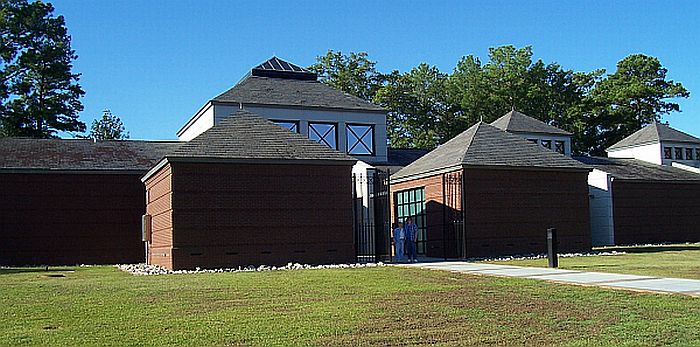 0
0 -
This si a 2011, MOI Police Glazed Medal with ribbon. The medal is made of brass, 2-3/8 in. diameter, glazed and has a neck ribbon which is 1-3/16 in. wide and has a 15 in. loop.
Reverse is blank.
Translation: above - Ministry of Interior
Below: Iraqi Police
Bob
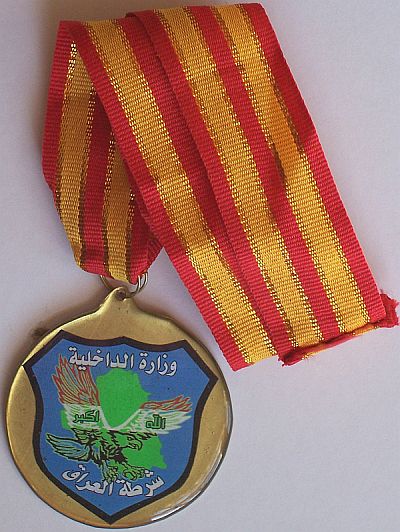
 0
0 -
The reverse of the badge was supposed to show up on the above post but didn't.
Bob
 0
0 -
Here are two different colored 2011, MOI Police extra large glazed badges. They are made of brass, glazed and mounted on a 1/8 in. thick leather backing. The badge is 3-5/8 in. wide and 3-3/8 in. high. It has a plastic belt clip on the reverse. This seems like a "clunky" badge to wear as it looks like it would catch on everything. It is wore on the belt or inner jacket pocket.
It is unknown at this time what the different colors are for.
Translation: above - Ministry of Interior
Below: Iraqi Police
Bob
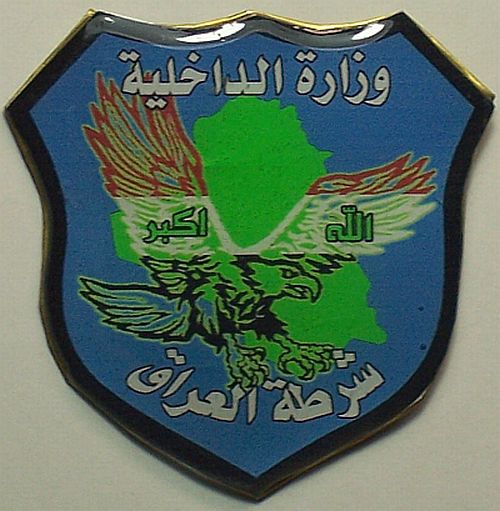
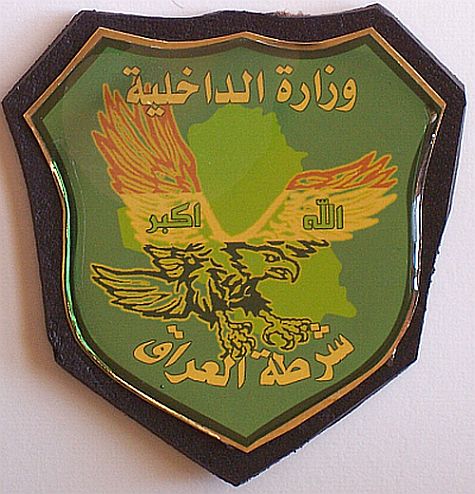
 0
0 -
Dean,
I wish you good luck. The Fall Military Show at the Minnesota State Fairgrounds was last weekend and we had a real nice turnout. The weather was nice for once.
Bob
0 -
Owain,
Thank you for the Law for the Wounded Medal. Your expertise in Iraqi Medals and other items has been a great help on this forum.
Bob
0 -
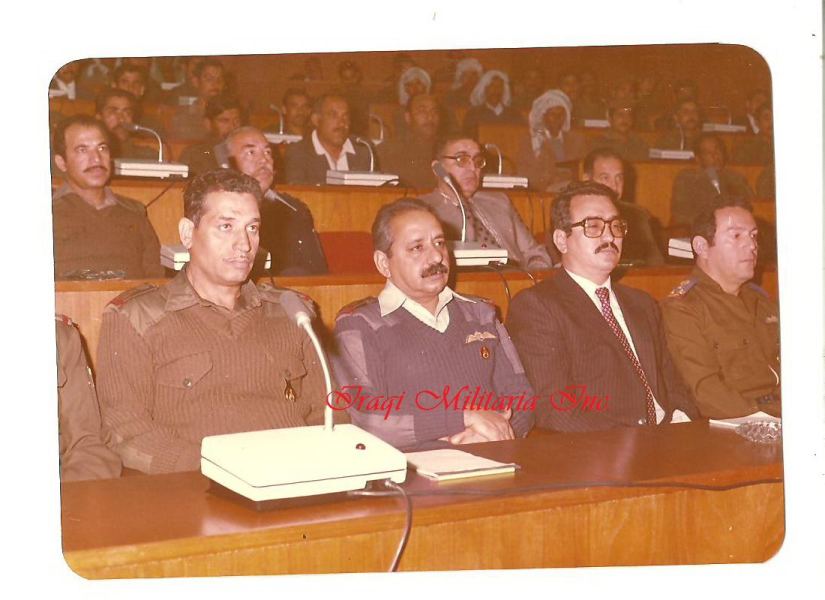
Some sort of Staff meeting
Lorenzo
Lorenzo,
Isn't the officer in the front row, left side wearing the Al Bakir University Badge on a hanger on his left pocket? This is the badge in my book on page 125.
Bob
0 -
Hi Lorenzo,
Do the Iraqi's have an Order of Precedence for their ribbons like the U.S. and other countries and if so, what is it?
Bob
0 -
A Strcture Protection Force Cap Patch. It is machine made, 1-5/16 in wide and 2-1/8 in. high.
It was used after 2003. Notice the three stars on the top rather than the writing as it should have been.
Bob
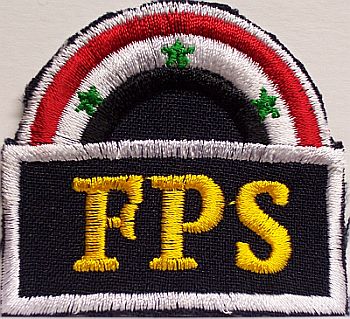 0
0 -
This is a Traffic Police Brassard, made of nylon, 7-3/8 in. wide and 8 in. high.
Notice the small c in TRAFFIc and POLIcE.
The reverse has a loop on the top and is held together with velcro.
Used after 2003.
Bob
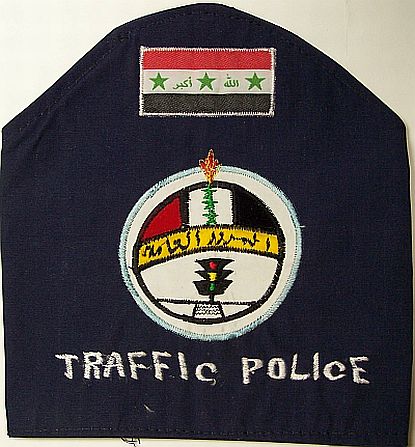 0
0 -
This is a FPS Shoulder Brassard. It is made of nylon, 9 in. wide, 8-1/8 in. high as shown.
The reverse has a loop on the top and is held together with velcro.
It was used after 2003.
Bob
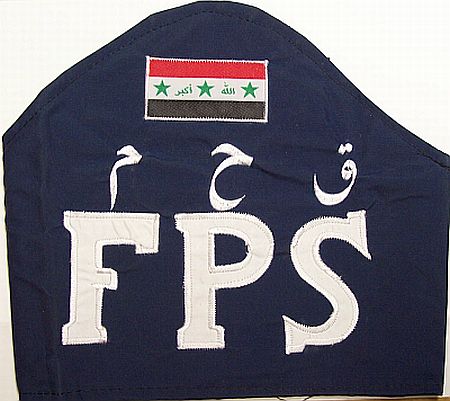
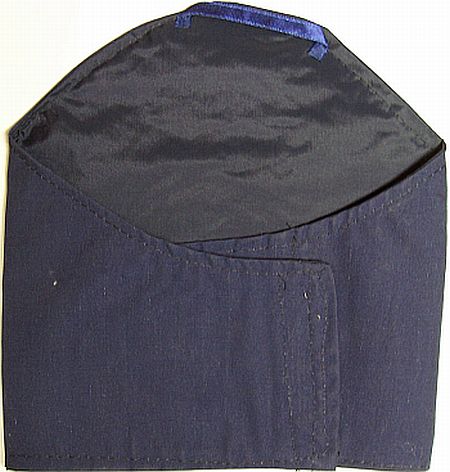 0
0 -
Another Structure Protection Forces arm patch for the Al Najaf Province Health's Protection.
The patch is 4-7/16 in. diameter, and machine made.
Translation above: Ministry of health
Directorate of Al Najaf Health's Security.
Used after 2003.
Bob
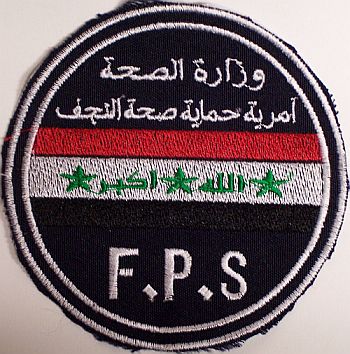 0
0 -
Two more Structure Protection Forces, Ministry of Health arm patches. The patch on the left is yellow in color and the patch on the right is golden thread color. The yellow color patch is not as well made.
They are both 3-5/16 in. wide, 4-5/16 in. high and machine made.Used after 2003.
Bob
 0
0 -
Another Iraqi Structures Protection Force, Ministry of Health arm patch. It is machine made, 3-13/16 in. wide and 5 in. high.
It was used after 2003.
Bob
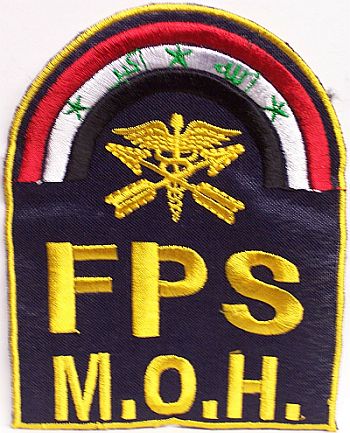 0
0 -
I asked my friend in Iraq why the Cobra Attack Helicopter on the badge so he asked him directly and the manufacturer was told to produce a badge with a helicopter image (not a specific type) and he chose the Cobra type by chance.
Bob
Bob
This is a very interesting badge, but I believe that this is an Iranian badge. Iraq does not have the Cobra Attack Helicopters the cammo job on the badge is that of the Iranian Cammo design.
Thank you for posting
Lorenzo
0 -
Mervyn,
I have no idea why the use of English on the coins as they are standard coinage. The reason I purchased them years ago was for the hammer and sickle design on the reverse.
Bob
I thought these very interesting - and such an early date for the Communist Regime . However, I have a question - the stamped lettering is in English. Was this done at the time to earn Foreign exchange - or, have they been boxed at a later time in the UK or, US ?
0


Andersonville, GA. National Historic Site
in Museums & Shows
Posted
The reconstructed wall, guard tower and primative shelters.
Bob